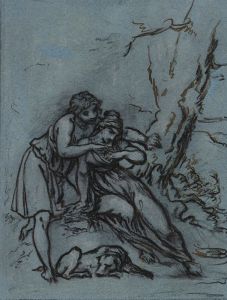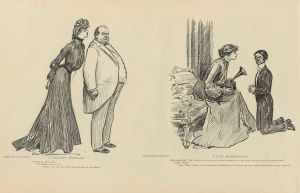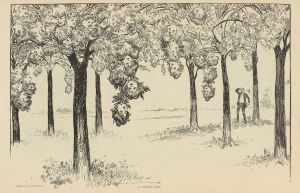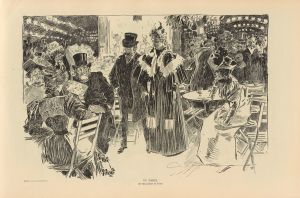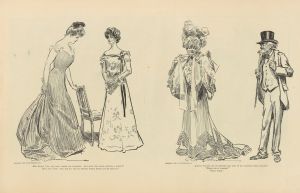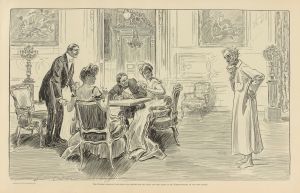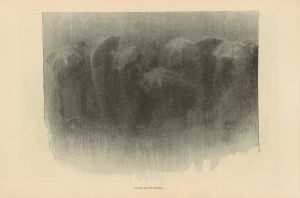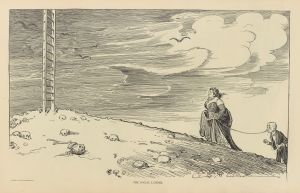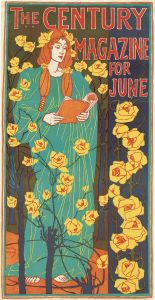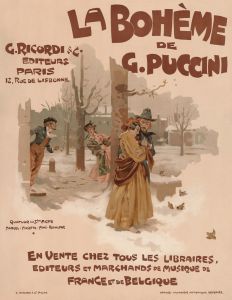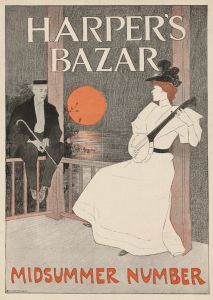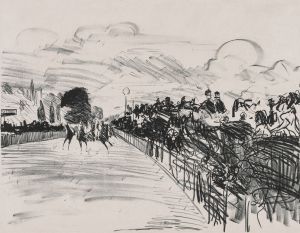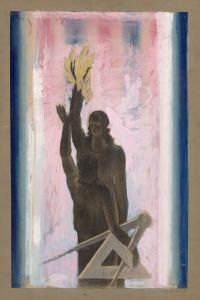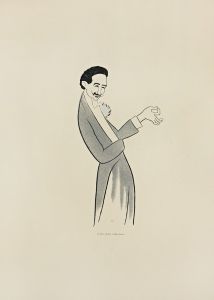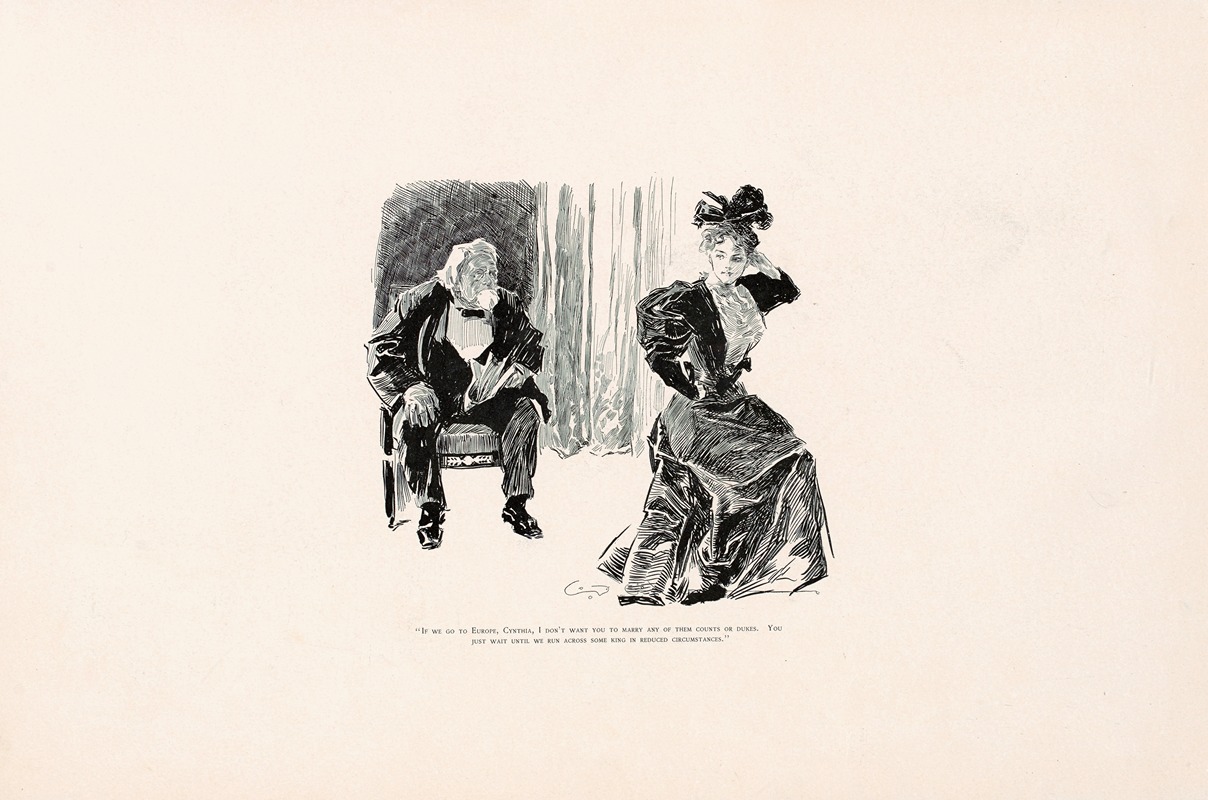
‘If we go to Europe, Cynthia…’
A hand-painted replica of Charles Dana Gibson’s masterpiece ‘If we go to Europe, Cynthia…’, meticulously crafted by professional artists to capture the true essence of the original. Each piece is created with museum-quality canvas and rare mineral pigments, carefully painted by experienced artists with delicate brushstrokes and rich, layered colors to perfectly recreate the texture of the original artwork. Unlike machine-printed reproductions, this hand-painted version brings the painting to life, infused with the artist’s emotions and skill in every stroke. Whether for personal collection or home decoration, it instantly elevates the artistic atmosphere of any space.
Charles Dana Gibson was an influential American illustrator, best known for his creation of the "Gibson Girl," a representation of the idealized American woman at the turn of the 20th century. His illustrations were widely published in magazines such as Life, Harper's Weekly, and Scribner's, and they played a significant role in shaping the visual culture of the era.
One of Gibson's notable works is the illustration titled "If we go to Europe, Cynthia…". This piece, like many of Gibson's works, reflects the social norms and cultural attitudes of the time. The illustration is part of a larger body of work that often depicted scenes of upper-class society, capturing the elegance and sometimes the absurdity of social conventions.
The "Gibson Girl" was characterized by her poise, beauty, and independence, often depicted in fashionable attire and engaging in various activities. This archetype became a cultural icon, influencing fashion and societal expectations of women during the late 19th and early 20th centuries. Gibson's illustrations, including "If we go to Europe, Cynthia…", often featured these idealized women in social settings, interacting with male counterparts or navigating the complexities of social life.
Gibson's work was not just about capturing beauty; it also offered a subtle commentary on the social dynamics of the time. His illustrations often included elements of humor and satire, highlighting the contradictions and expectations placed upon women and men in society. The dialogue and interactions in his illustrations, such as those in "If we go to Europe, Cynthia…", provide insight into the gender roles and societal norms of the period.
The popularity of Gibson's illustrations contributed to the spread of the "Gibson Girl" image beyond the United States, influencing fashion and culture in Europe as well. His work was instrumental in the transition from the Victorian era's more rigid and conservative depictions of women to the more liberated and modern representations that emerged in the early 20th century.
Charles Dana Gibson's legacy as an illustrator is significant, as his work not only entertained but also engaged with the cultural and social issues of his time. His ability to capture the essence of an era through his art has left a lasting impact on the world of illustration and popular culture. "If we go to Europe, Cynthia…" is a testament to his skill in blending artistry with social commentary, making it a valuable piece of historical art that continues to be appreciated for its aesthetic and cultural significance.





